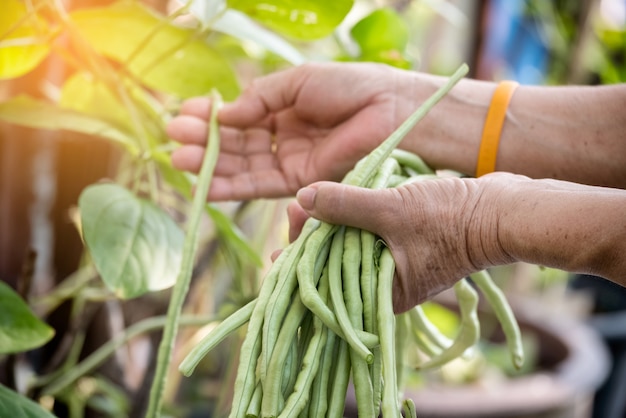How fresh caviar stays so fresh: the art of caviar preparation
Every caviar lover knows that “fresh” is an essential component when it comes to enjoying this delicacy. Improper handling can make even the world’s most imperial caviar a less than a special culinary experience. And, as the demand for this gourmet food increases, more people are purchasing caviar online and seeking information on how caviar is kept fresh.
Although there are countless online caviar vendors, not all surveyors are providing a high-quality product. To ensure that you are getting fresh caviar to be sure that you are purchasing from a reputable caviar distributor. Achieving a high-grade product and keeping caviar fresh depends on the expertise and handling of the following steps.
Harvesting – The process of acquiring caviar plays a key role in the steps necessary to achieve and maintain optimum freshness. Historically, caviar was sourced only from the Caspian and the Black Sea. However, overfishing, pollution, and slow rates of growth necessitated an evolutionary process that now makes the farm-raised acquisition of high-quality caviar possible. Even with the advances in farming, harvesting caviar is delicate and still mostly a manual procedure.
Processing – Once the eggs are separated from the ovaries of the fish, they are rinsed with cold water, drained, and salted. The quality of the caviar is typically graded based on the size of the eggs, the texture, and taste. Eggs that contain less than 4% salt is called “malossol” and is considered to be fresh caviar. However, the salt content of the most expensive high-quality caviar today contains 3% or less. In original vacuum tins, it’s recommended for consumption within a maximum of 12 months. When caviar is repacked in smaller jars or tins, shelf life will be a maximum of 6 months.
Packaging – Once the brining process is completed, the caviar is drained and containerized. Fresh caviar is carefully packed in airtight lacquered tins of 2.2 LB or 4 LB called “Original Tin/OT”.

Storing – Even after careful packaging, the perishable nature of this delicacy demands very precisely storing conditions to sustain optimum freshness. As such, the ideal temperature for storing fresh caviar is 28 to 30 degrees Fahrenheit. For at-home care, store unopened Caviar in the bottom drawer which is typically the coldest section outside of the freezer. The average temperature of a typical household Frigidaire is usually set between 33 to 40 Fahrenheit. In an opened jar or tin, caviar should not be kept for more than 48 hours.
Shipping – For both online caviar sales and in-store shopping, maintaining the quality of the caviar during the shipping process means ensuring that…
- Caviar is kept in sealed tin or glass jar containers
- Lids are tight-fitting and secure
- The product is packed in an insulated container and at appropriate temperature requirements to prevent thawing or freezing of the caviar
There are a number of variables that determine how long caviar stays fresh. For instance, an unopened can of fresh caviar can stay fresh for up to 4-6 weeks in the refrigerator. Once opened, however, it will maintain a semblance of freshness for no more than 5 days if kept at 30°F to 38°F. Caviar from Caviar Lover meets all of the freshness criteria above, only selecting the freshest caviar and follows the highest standards in transportation. Experience online caviar at its freshest!
